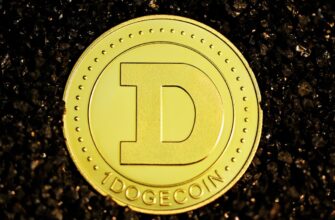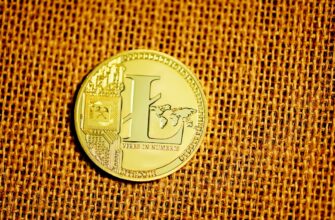**How Does Bitcoin Cryptocurrency Work?**nnBitcoin, the world’s first decentralized cryptocurrency, has revolutionized finance since its 2009 launch. But how does it actually work? This guide breaks down Bitcoin’s underlying technology, transaction process, and security features in simple terms.nn**What Is Bitcoin?**nnBitcoin is a digital currency operating on a peer-to-peer network without banks or governments. Created by the pseudonymous Satoshi Nakamoto, it uses blockchain technology to enable secure, transparent transactions. Key features include:n- Decentralization: No single entity controls the network.n- Limited supply: Only 21 million Bitcoins will ever exist.n- Pseudonymity: Transactions are linked to addresses, not real-world identities.nn**How Bitcoin Transactions Work**nnSending Bitcoin involves three steps:n1. Initiation: User A signs a transaction with their private key.n2. Verification: Miners validate the transaction via complex computations.n3. Confirmation: The transaction joins a blockchain block (takes ~10 minutes).nnEach transaction is broadcast to the network and verified by multiple nodes to prevent double-spending.nn**The Role of Blockchain Technology**nnBitcoin’s blockchain is a public ledger storing all transactions in chronological blocks. Key characteristics:n- Immutable: Once recorded, data can’t be altered.n- Transparent: Anyone can view transaction history.n- Distributed: Copies exist across thousands of nodes globally.nnNew blocks are added through mining, creating an irreversible chain.nn**Bitcoin Mining Explained**nnMiners compete to solve cryptographic puzzles using the Proof-of-Work consensus mechanism:n1. Transactions are grouped into a block.n2. Miners calculate a valid hash (requires significant computational power).n3. First miner to solve it broadcasts the solution.n4. Other nodes verify and add the block to the chain.nnSuccessful miners earn 3.125 BTC per block (as of 2024) plus transaction fees.nn**Security and Anonymity in Bitcoin**nnSecurity features include:n- Cryptographic encryption (SHA-256 algorithm)n- Public/private key systemn- Decentralized validationnnWhile Bitcoin offers pseudonymity, sophisticated analysis can sometimes link addresses to identities. Users should employ wallets and techniques like coin mixing for enhanced privacy.nn**Pros and Cons of Bitcoin**nnAdvantages:n- Borderless transactionsn- Lower fees than traditional systemsn- Inflation-resistant designnnDrawbacks:n- Price volatilityn- Environmental concerns about energy usen- Irreversible transactionsnn**Bitcoin FAQ**nn**Q: How are Bitcoin transactions verified?**nA: Miners validate transactions through computational work, ensuring consensus without central authority.nn**Q: Is Bitcoin truly anonymous?**nA: No—it’s pseudonymous. Transactions are public but linked to addresses rather than names.nn**Q: How can I acquire Bitcoin?**nA: Through exchanges, peer-to-peer platforms, mining, or as payment for goods/services.nn**Q: Why does Bitcoin mining consume so much energy?**nA: The Proof-of-Work system requires intensive computations to secure the network.nn**Q: Is Bitcoin a safe investment?**nA: While technologically secure, its price volatility makes it high-risk compared to traditional assets.nnUnderstanding Bitcoin’s mechanics helps users navigate cryptocurrency wisely. As blockchain evolves, Bitcoin continues shaping the future of digital finance.







